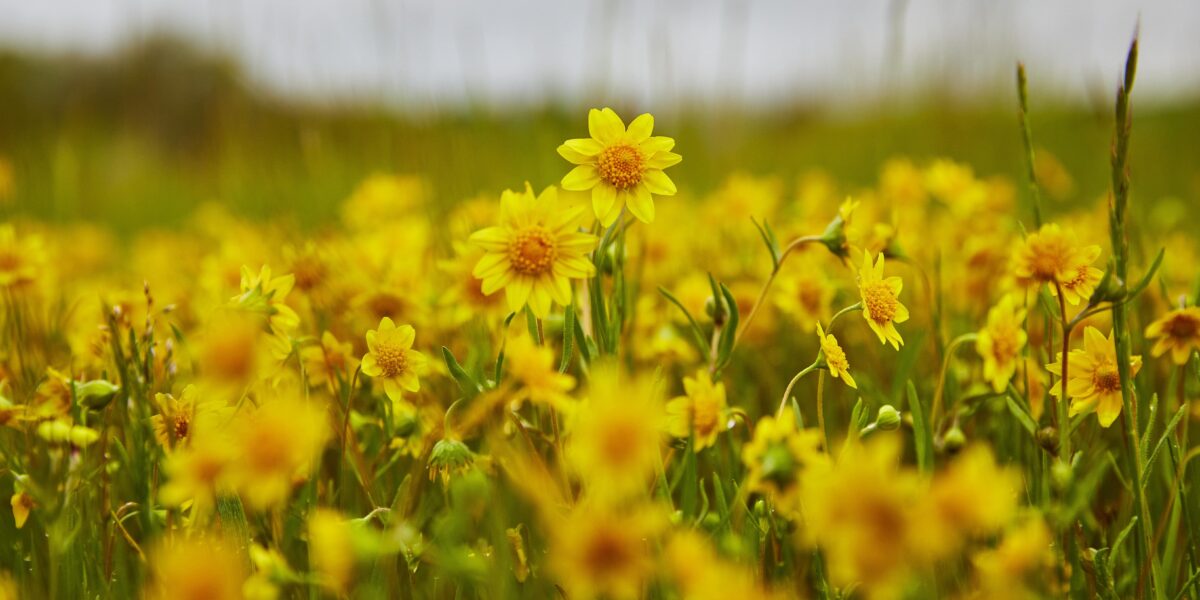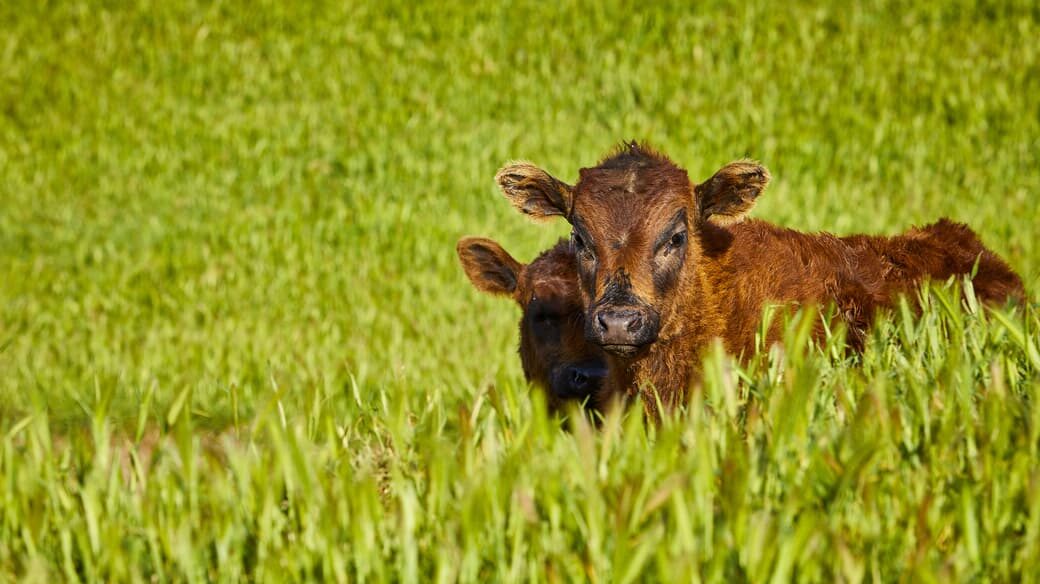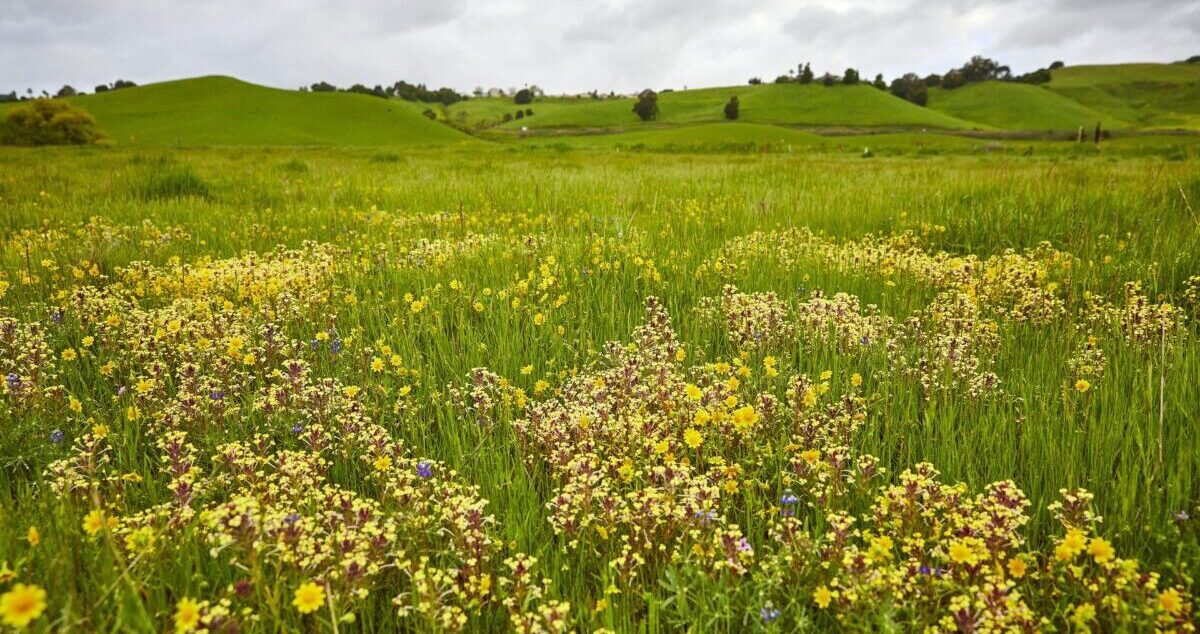CC Goldfields
A Wildflower's Miraculous Recovery

Credit: Adam Weidenbach
Nestled beside the bustling Highway 4, a surprising haven exists for a rare wildflower. Here, amidst the vernal pools, flourishes the Contra Costa goldfield (Lasthenia conjugens), a dazzling display of golden blooms gracing the landscape each spring.
What Makes Them Special
These vibrant annuals, part of the aster family, reach heights of 4 to 12 inches and boast light green, feathery leaves. JMLT is proud to steward the last-known stand of this endangered species within Contra Costa County.
Sadly, only 13 populations are known to exist across four counties in California. The Contra Costa goldfields once thrived throughout coastal and inland areas of the state, but development and the invasion of non-native grasses pushed this wildflower to the brink of extinction.
From Abundance to Endangered
Thriving Across California
Contra Costa goldfields once flourished throughout coastal and inland areas of the state, painting meadows golden each spring.
Federal Endangered Status
Development and invasive grasses pushed the species to near extinction. The federal government designated it as endangered.
John Muir Land Trust Steps In
JMLT acquired a 30-acre conservation easement east of Hercules. Plant numbers had dwindled to nearly zero.
Thriving Again
Through innovative cattle grazing management, the goldfields are flourishing once more in their protected habitat.
Hooray for Hooves!

Credit: Adam Weidenbach
An Unexpected Solution
When JMLT took over the property two decades ago, plant numbers had plummeted to nearly zero. The secret to recovery? Cattle grazing!
The goldfields need vernal pools—little pools of water that form in the winter but dry out in the spring. Interestingly, the churn and divots from cattle hooves create perfect little pools. The cattle grazing helps suppress invasive grasses, creating space for native wildflowers to flourish.
This spring, JMLT introduced 10 yearling heifers to compete with faster-growing grasses alongside the 10 bulls that graze in the fall. The extra munching is working!
A Rich Ecosystem

Credit: Adam Weidenbach
JMLT's conservation efforts extend beyond the goldfields themselves. The preserve encompasses nearby vernal pools and a section of Rodeo Creek, creating a rich habitat teeming with native life.
🐸 Amphibians
Threatened California red-legged frogs
🦆 Birds
Mallards, great egrets, belted kingfishers
🐺 Mammals
Coyotes, raccoons, and various rodents
🐟 Fish
Native species in Rodeo Creek
JMLT conducts annual biological assessments to monitor the health of the goldfields population and the broader ecosystem.
Collaborative Conservation

Credit: Adam Weidenbach
JMLT is proud to partner with the UC Berkeley Botanical Garden to propagate and collect seeds of the endangered Contra Costa goldfields. This collaboration also involves the University of Colorado at Boulder, ensuring the lineage is preserved in their seed bank for future studies.
Expert Horticulture
Under the leadership of Curator Holly Forbes, UC Berkeley's team of expert horticulturalists helped plant seeds and plugs (grown in their greenhouse since November) within the preserve. These efforts involved multiple plantings to optimize success.


